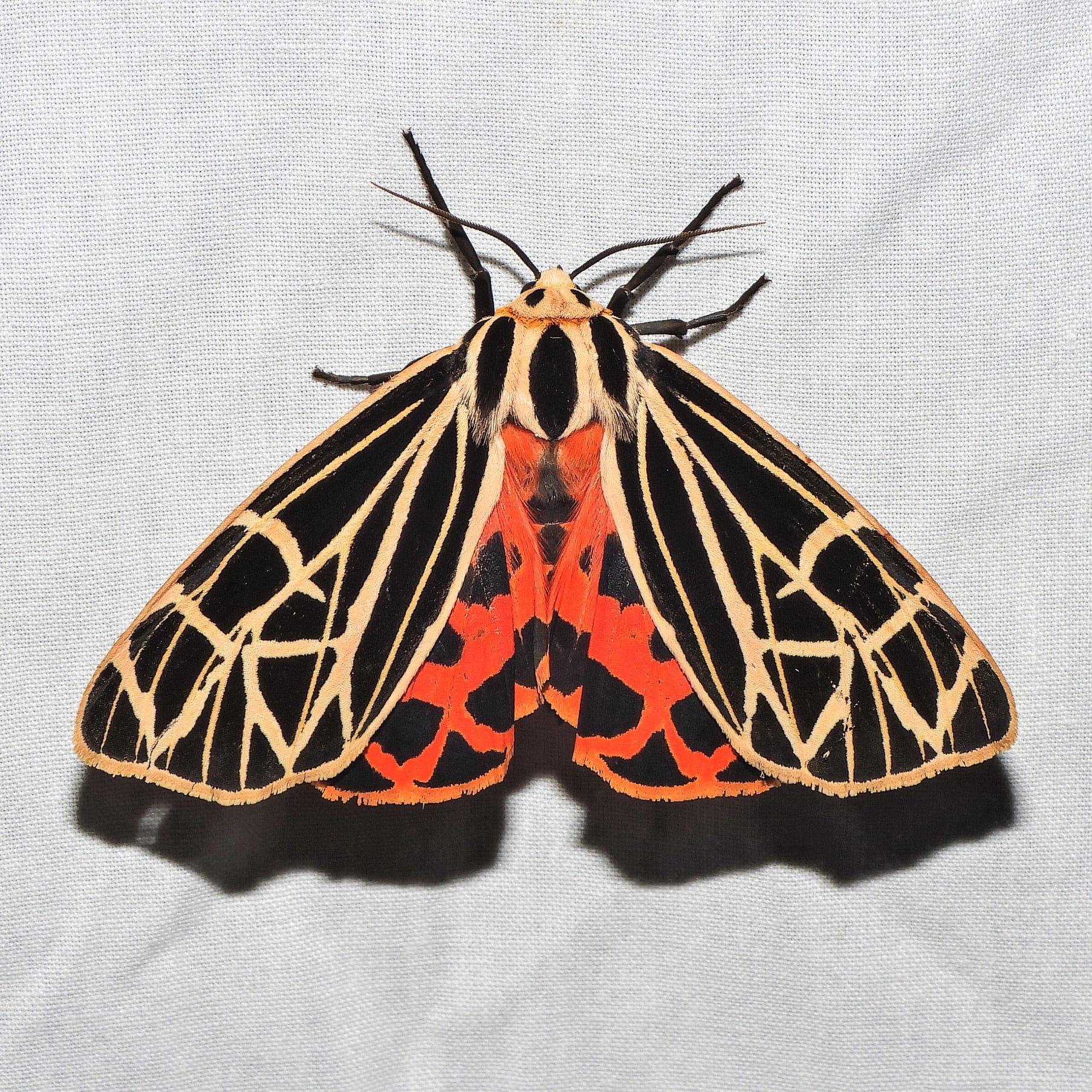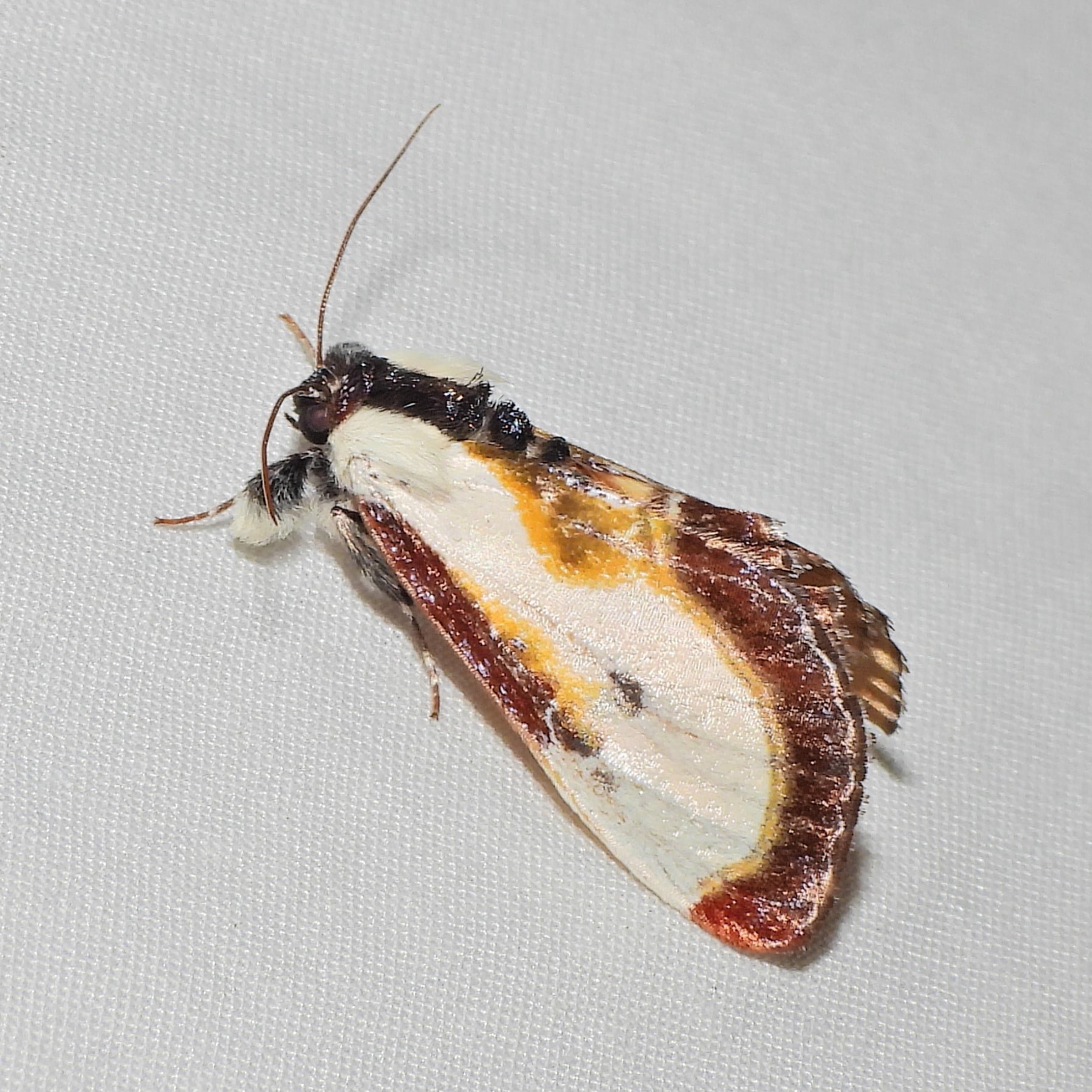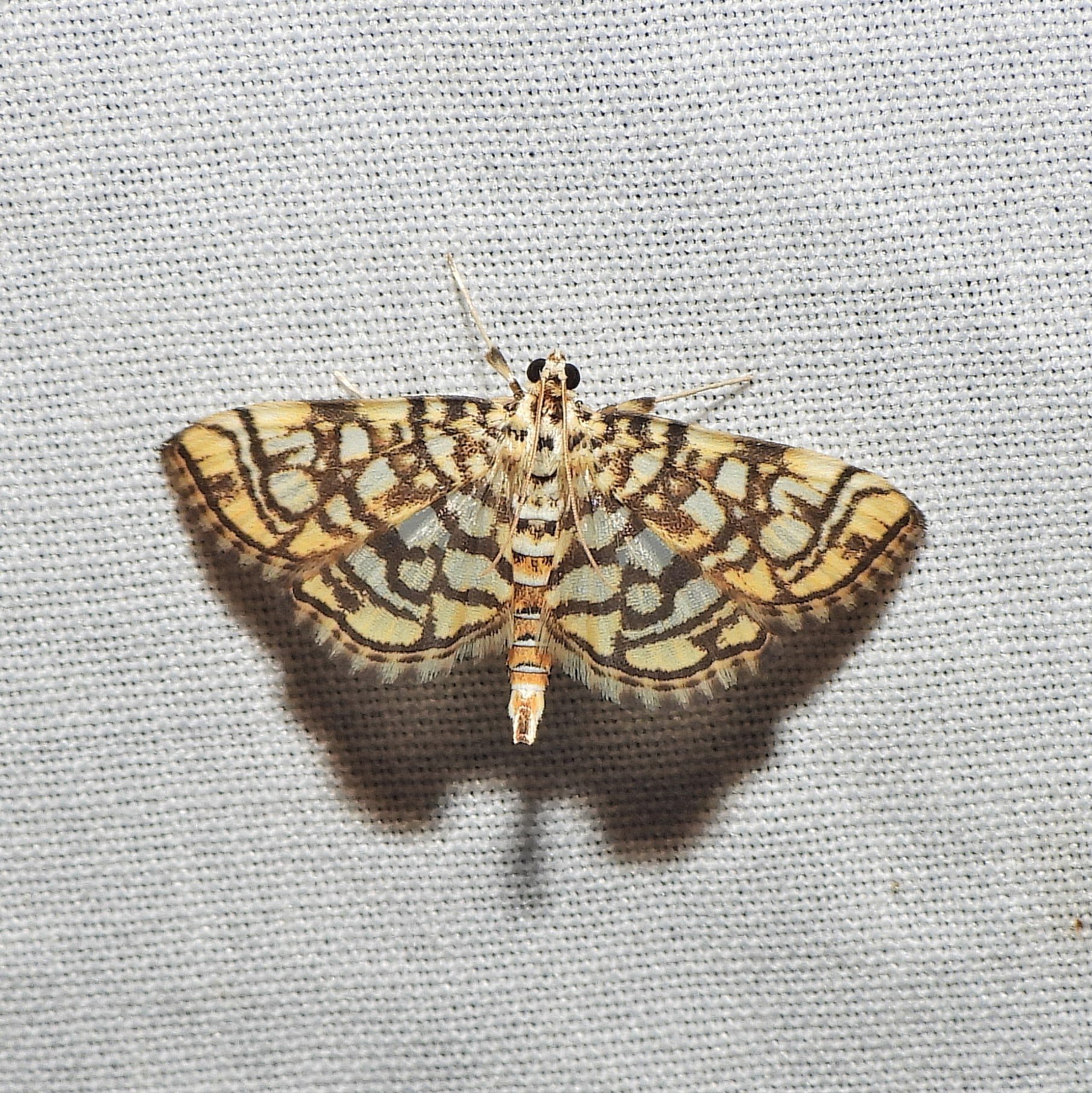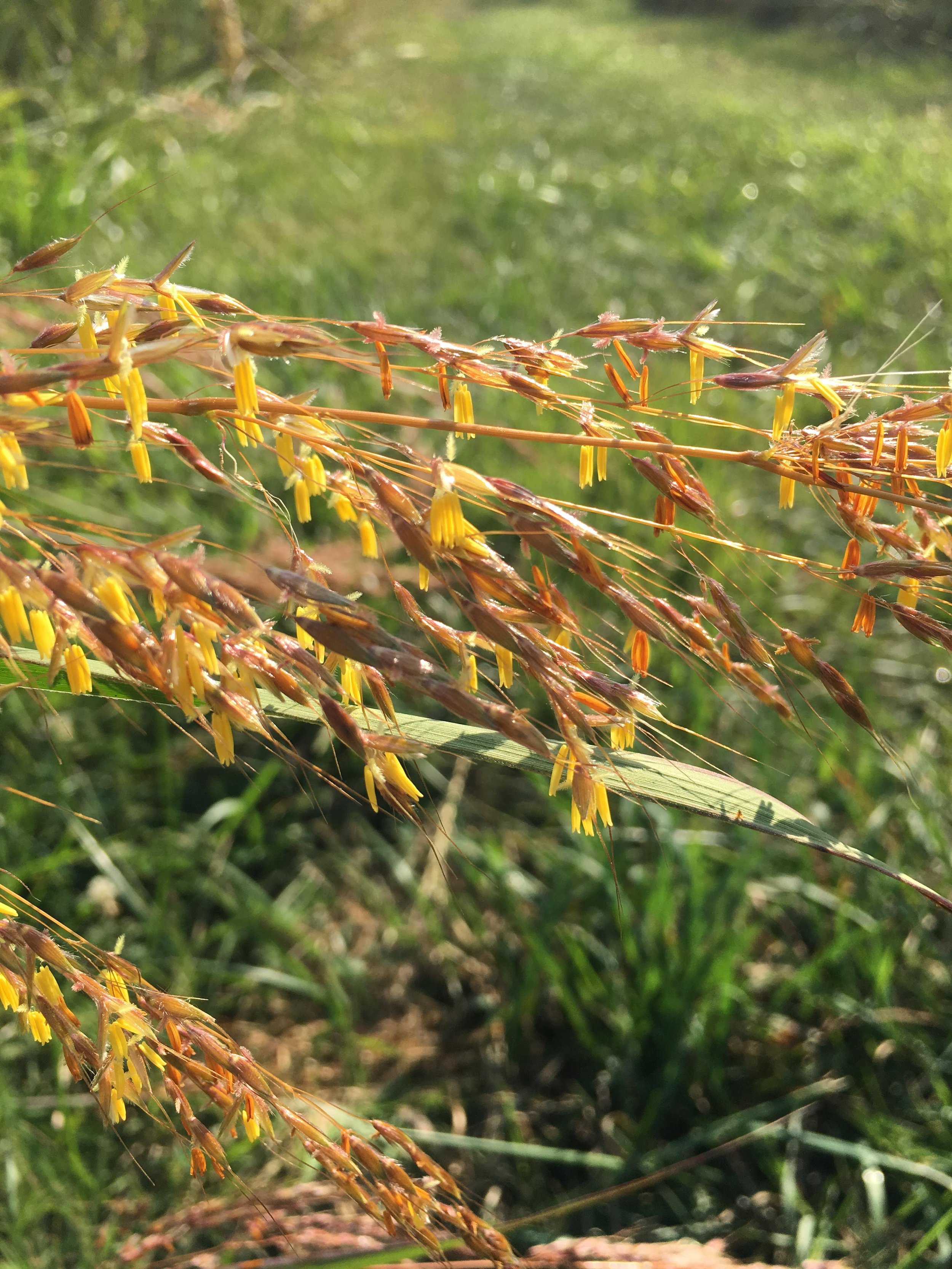Research at Our Wildlife Sanctuaries
Research at our nature preserves informs our management approaches and adds to the body of knowledge about local biodiversity. If you are interested in conducting research at one or both of sanctuaries, email sanctuary@centralmdaudubon.org.
Nocturnal Insect Study Documents Rare Finds
Emilio Concari, an undergraduate student at University of Maryland Baltimore County, completed a study of nocturnal insects in summer 2021 at our wildlife sanctuaries.
Concari, an ASCM volunteer, was tasked by the Maryland Biodiversity Project to conduct nocturnal insect surveys across the Piedmont region, including both sanctuaries, in order to expand Maryland's insect distribution data. Concari deployed UV lamps at the sanctuaries to attract insects to a hanging sheet. On average, 100 or so species were cataloged every night, with Audrey Carroll producing 200+ species on a few occasions. Every observation was submitted via iNaturalist to be ingested into MBP.
Concari observed a total of 844 species, including numerous previously unreported species and three new state records: Dichomeris purpureofusca, Nixe rusticalis, and Lignyodes fraxini.
"Overall, it’s clear that both sites are managed very well due to their ability to support rare and unique insect species, and such data has helped immensely in expanding our knowledge of insect distribution and ecology across the state of Maryland,” Concari says.




Images by Emilio Concari, from left: Virgin tiger moth, Isabella tiger moth, beautiful wood-nymph moth, bog lygrophia moth
Survey Maps Patterns in Plant Invasions
Image by Angela Moxley: Volunteers document plant diversity at Fred Archibald Sanctuary
Angela Moxley, an ASCM volunteer and board member, conducted a plant survey at Fred Archibald Sanctuary in 2019 to better understand plant invasions and biodiversity at the property, helping managers develop a strategy for prioritizing stands and species for management.
The future addition of 2,000 homes surrounding the preserve, as well as a road and an economic development zone, poses a significant risk to native plant biodiversity there, as the developments are likely to amplify sources of super-competitive plants that are not native to Maryland. Any loss of native plants will have ecosystem-wide impacts, starting with insects that require native plants for nutrition, and reverberating to birds and other species that eat insects, and on outward through food webs.
A total of 217 plant species were documented in 41 plots, 202 of which could be identified to species or genus. Of the latter, 144 were species native to Maryland. The species represented 69 different plant families.
Forest Stand 4, an old farm field undergoing succession, and Field 3, the site of an attempted forest regeneration, were found to have the highest abundance of nonnative species.
Three nonnative plant species in particular were commonly encountered in plots, and sometimes at very high density: Microstegium vimineum (Japanese stiltgrass), Celastrus orbiculatus (Oriental bittersweet), and Persicaria longiseta (Oriental lady’s-thumb). Other nonnative plant species tended to be problematic only at the plot level and not preserve-wide.
A number of native plant species were frequently encountered in plots, if not always abundant. The persistence of these species suggests the potential for recovery should invasives be brought under control, as well as the continued ecological value of these stands, as most of the species documented are known to benefit wildlife.




Images by Angela Moxley, from left: wild basil (Clinopodium vulgare), Indiangrass (Sorghastrum nutans), partridge pea (Chamaecrista fasciculata), ironwood (Ostrya virginiana)


